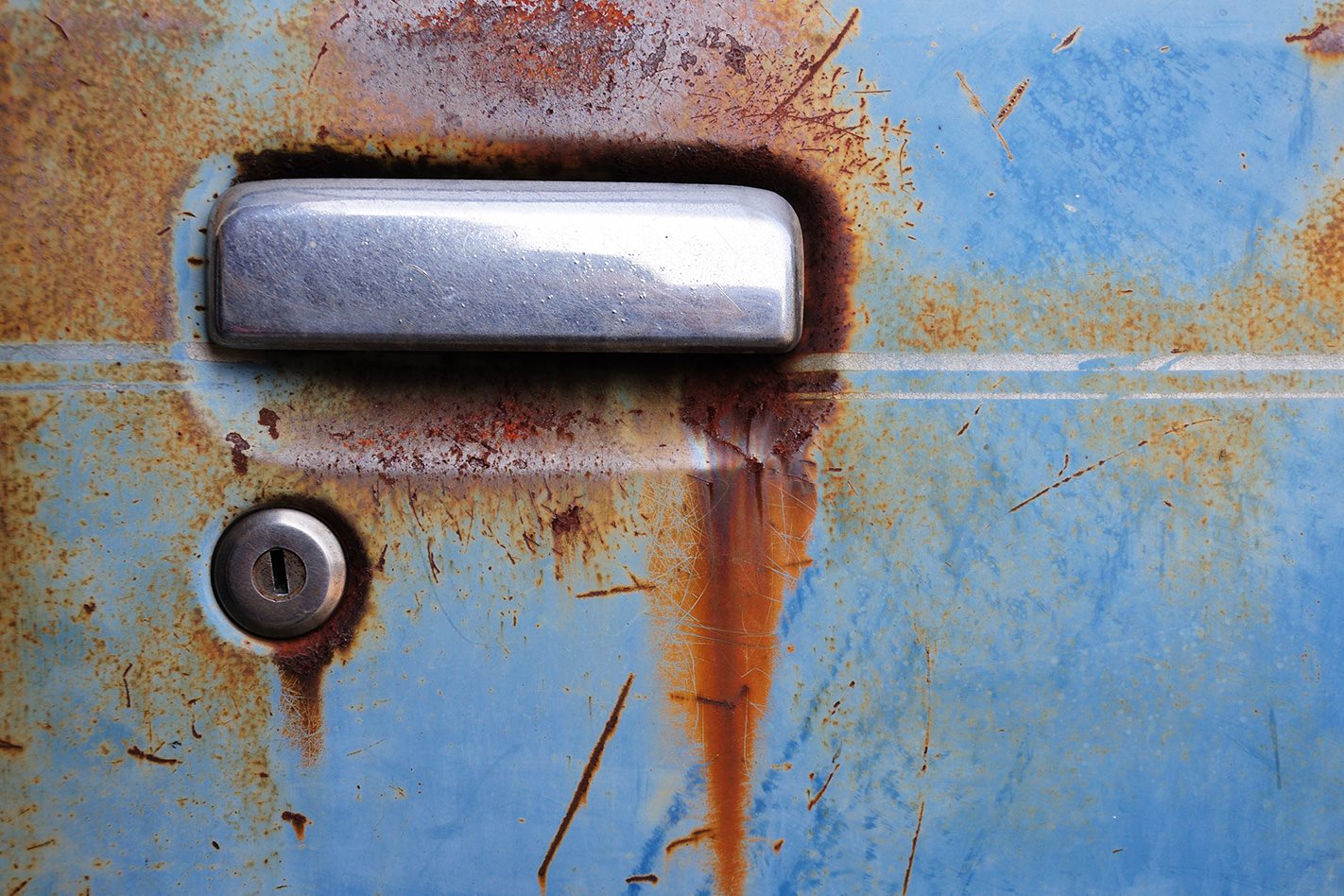
This is a pretty specialist subject and attempting to cover it in a few sentences is a sketchy way of going about it. But here’s the Mills and Boon version: Rust can be very difficult to spot in a second-hand car. Some makes and models have known hot-spots for rust which makes it easier to check for, but you’ve got to know where they are.
The general rule of thumb is that any bubbling under the paint, flaking paint, rusty-coloured sweat marks on the paint or cracking of the paint could, indeed, be early signs of rust. The big trap is an older car with a lovely, shiny new coat of paint. It might look good now, but the problem is that it could be hiding all sorts of rust and crummy repairs that will show their heads a few months or years down the track. A second-hand car with its original paint – even if it’s a bit faded or scratched in spots – is a safer buy.
One thing you can do is try to stick a magnet (one of those low-power flexy fridge magnets is best) to the metal of the car. If the magnet sticks, there’s metal underneath. If not, there’s probably filler and that could mean rust. But this is a very general test and shouldn’t be relied on. An independent inspection is the hot ticket if you’re in doubt.
Now find out how to choose the best new car colour.



